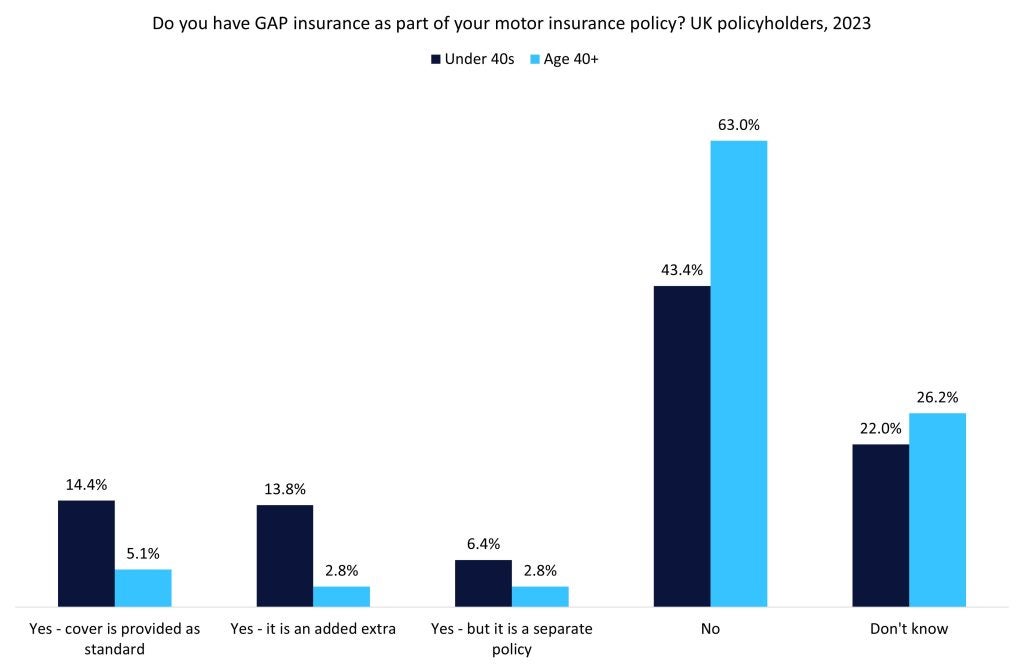Many countries in the
Asia-Pacific region are home to some of the world’s fastest-growing
life insurance markets. But from all accounts life insurers are
failing to capture the full potential of developing and developed
markets in the region as evidenced by a massive mortality
protection gap.
A huge opportunity confronts the
life industry in the Asia-Pacific region; closing the massive and
growing mortality protection gap. The huge gap is revealed in a
study by Swiss Re,
Mortality Protection Gap: Asia-Pacific 2011.
Swiss Re estimates that the
mortality protection gap in 12 major Asia Pacific countries stood
at an incredible $41.4trn at the end of 2010. And the gap is
growing apace.
Swiss Re estimates the gap has
grown from $15.8trn since 2000, a CAGR of 10%. The pace at which
the gap is expanding is also quickening, with Swiss Re data
indicating that it increased at a CAGR of 12% between 2007 and
2010.
‘Massive
opportunity’
How well do you really know your competitors?
Access the most comprehensive Company Profiles on the market, powered by GlobalData. Save hours of research. Gain competitive edge.

Thank you!
Your download email will arrive shortly
Not ready to buy yet? Download a free sample
We are confident about the unique quality of our Company Profiles. However, we want you to make the most beneficial decision for your business, so we offer a free sample that you can download by submitting the below form
By GlobalData In its study, Swiss Re considered only working people with
In its study, Swiss Re considered only working people with
dependents.
Explaining the basis for the
estimate, head of business development in Asia David Alexander said
the reinsurer believes the family breadwinner should typically have
10 times their annual salary in life insurance protection.
“The protection gap we have
identified equates to a massive opportunity for the insurance
industry now – the mortality protection gap is worth approximately
$124bn in potential premiums to the industry,” says Alexander.
To put this potential into
perspective, Swiss Re put total premium income generated in the 12
countries covered by its study in 2010 at $3.13trn.
Looked at another way, $124bn
equals about a quarter of the total premium income generated in
Asia’s largest insurance market, Japan, and is almost equal to the
combined premium income of Australia and Taiwan of $72.6bn and
$76.4bn, respectively, in 2010.
Alexander stressed that there is a
sizeable mortality protection gap in all the markets covered by the
study.

Illustrating the protection gap, in
India, for example, Swiss Re found that in 2010 for every $100
needed for protection, there was only $7.40 of savings and
insurance in place, leaving a massive protection gap of $92.60.
This equated to a total protection gap of $28,763 per Indian worker
with dependents.
On a per worker basis protection
gaps in more developed economies are far more substantial than
those in less developed economies such as India.
Swiss Re noted this is partly
explained by higher income and costs of living in developed
markets. The highest protection gaps per worker were found to be in
Korea, Japan, Hong Kong, Singapore and Australia.
Swiss Re pointed out that the
findings of its protection gap study are consistent with the
findings a study it conducted in 2010. According to that survey,
40% of respondents believe their families would or might struggle
financially in the case of an adverse event such as early
death.
The survey identified the major
barriers to purchasing life insurance as cost and lack of available
funds.
Swiss Re head of client management,
division globals Paul Turner says: “This perception gap in
customers’ minds is an opportunity for the life insurance
sector.
“We must reach out and provide
greater clarity to consumers on the relative cost and value of pure
life insurance, for example, by comparing the cost of insurance
with that of a cup of coffee a day.”
However, Swiss Re also found that, despite the perception life
insurance is expensive, more than half of the respondents to its
survey were willing to pay at or even above the market price for a
pure life insurance product.







